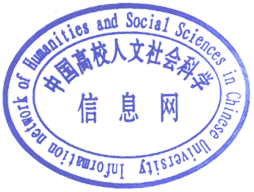关 键 词 :数量补语;日本学生;习得偏误;教学建议学科分类:语言学--应用语言学
在以日本学生为对象的汉语补语习得偏误的研究中,对其下属的数量补语研究不甚详细,文章探讨了汉语数量补语在日语中的相关对应形式,基于hsk动态作文语料库,使用文献研究法、对比分析法、以及数据归纳法对日本学生汉语数量补语习得的偏误进行了分析,归纳出五种习得的偏误类型,主要是“了”的缺失、补语和谓语的位置不当这两类,偏误的出现与母语负迁移、教师的教学内容等因素关系密切,就此提出了相应的教学建议,以期有针对性地提高教学质量和效果。
Research on the acquisition errors of Chinese complements by Japanese learners has not provided detailed investigation into the specific sub-category of quantitative complements. This paper examines the corresponding forms of Chinese quantitative complements in Japanese and analyzes the acquisition errors made by Japanese learners using the HSK Dynamic Composition Corpus. Employing literature review, contrastive analysis, and data induction methods, the study identifies five primary types of errors. The most prevalent are the omission of "了" (le) and the misplacement between complements and predicates. These errors are closely related to factors such as negative transfer from the learners' native language (Japanese) and instructional content. Based on these findings, corresponding teaching suggestions are proposed, aiming to enhance the quality and effectiveness of instruction in a targeted manner.

